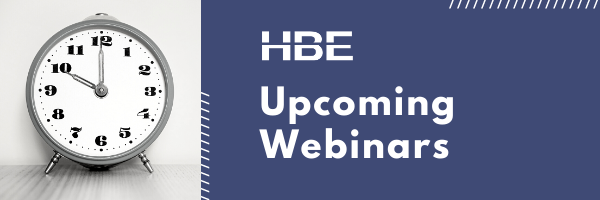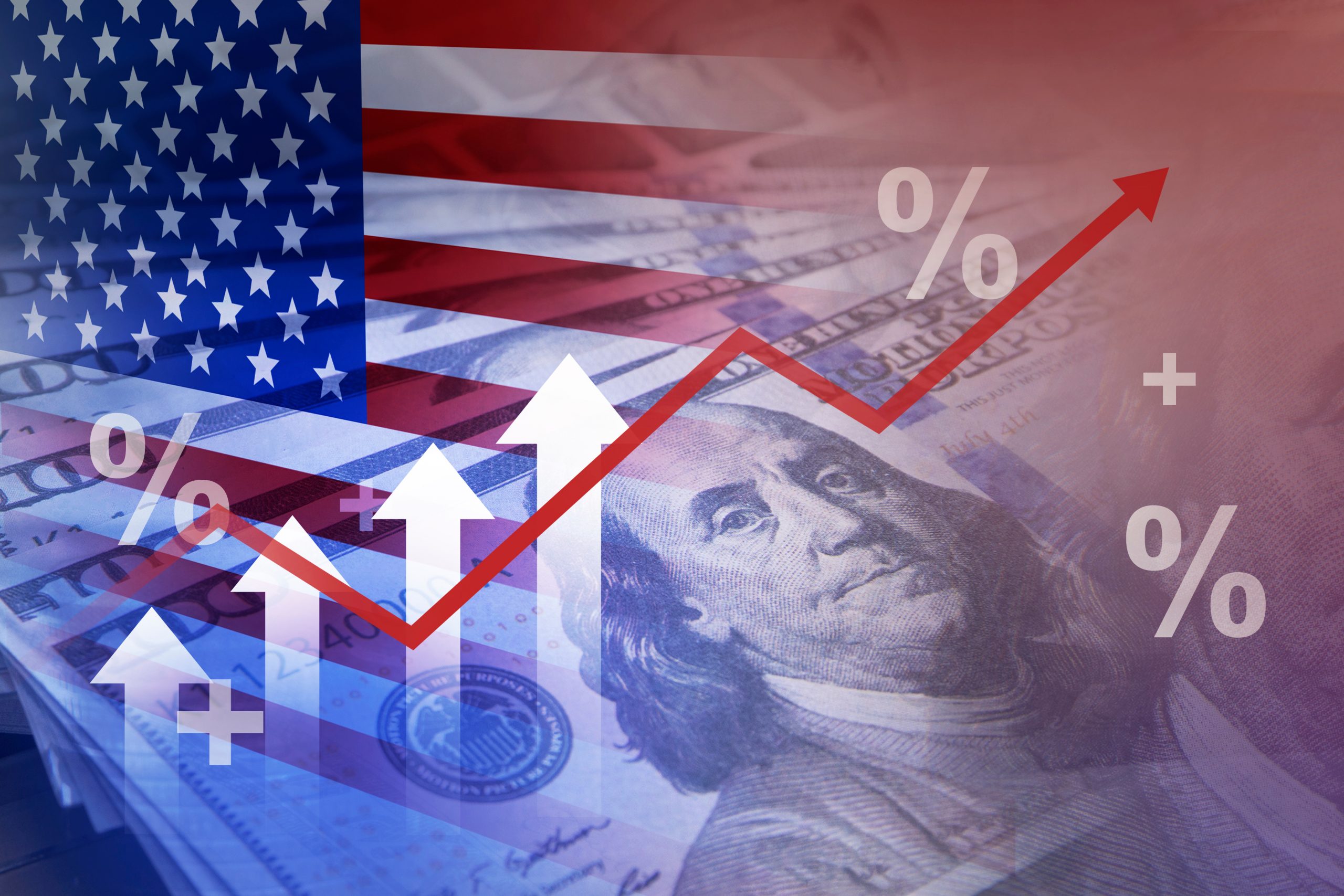Update on Year-End Pandemic Relief
Consolidated Appropriates Act of 2021
December 31, 2020
President Trump signed the Consolidated Appropriations Act 2021 (the Act) on Sunday, December 27. Highlights of certain COVID-19-related provisions that may impact taxpayers, mainly in 2020 and 2021, are listed below. These items are in addition to PPP loan program updates program we communicated last week.
- FFCR payroll tax credits. These credits have been extended for businesses who voluntarily provide paid sick leave due to COVID-19 impacts.
- Employee Retention Credit (ERC). This credit has been expanded, with an extension and updates to the credit for January 1-June 30, 2021.
- Expanded relief options for certain businesses that are in extremely hard-hit industries. These include restaurants and bars, accommodations, live venues, movie theaters, and certain museums.
- Federal unemployment assistance. Assistance has been expanded into 2021 to provide added funds to individuals struggling to find work during the pandemic, with additional payments of $300 per week in effect until the middle of March 2021.
- 501(c)(6) entities. Updated PPP loan funding eligibility has been updated to allow entities who were previously ineligible to apply for loan funds.

Special Webinar
What You Need to Know About the New COVID-19 Stimulus 2.0
January 7, 2021
11:30 a.m. – 1:00 p.m.
Brian M. Klintworth, CPA, MT, HBE Tax Manager, will be helping to present on many of these relief provisions in a webinar hosted by the Lincoln Chamber of Commerce.
Access Passcode: Stimulus2.0
- Schedule F Farmers. The PPP program qualifications have been updated to allow these farmers to potentially receive additional or first-time PPP loans based on their gross income, not net income.
- In Round 1 of PPP funding, farmers who reported a net loss would not have been eligible for a PPP loan based on their income.
- In Round 2 of PPP funding, if a Schedule F farmer can show a 25% decrease in any of the 2020 quarters compared to 2019, they will be eligible for a PPP loan, based on gross revenue, with a cap at $100,000.
- USDA relief funding. The new bill contains $13 billion in USDA funding to provide aid and payments to farmers that produce a variety of different crops and livestock
It’s important to note that, even though the bill has now been signed into law, it will take additional time for implementation guidance to be provided for many of the bill’s provisions. We anticipate that guidance to be released within the next week or so. HBE continues to analyze the impact of this latest relief bill and will continue to provide updates as further information and guidance is released from the SBA and the IRS.
Please click on each of the topics below for additional information and details.
Extension of Payroll Tax Credits for Voluntarily Providing Paid Sick Leave Due to COVID-19
The provisions of the Family First Coronavirus Response Act (“FFCRA”), which required certain employers to provide employees with paid sick leave or expanded family and medical leave for specified reasons related to COVID-19, are set to expire December 31, 2020. However, the Act allows employers to voluntarily provide this paid leave and to continue obtaining payroll tax credits through March 31, 2021.
The voluntary leave and related employer eligibility requirements under the FFCRA must be met in order for the employer to obtain tax credits as the scope of these requirements were not amended. Additionally, the number of hours available to each employee is not reset. Therefore, if an employee has already been paid for the maximum hours under FFCRA, any additional paid leave provided by the employer would not qualify for tax credits.
Expansion of the Employee Retention Credit (ERC)
The ERC, introduced under the CARES Act, is a refundable tax credit equal to 50% of up to $10,000 in qualified wages (a total of $5,000 per employee) paid by an eligible employer whose operations were suspended due to a COVID-19 related governmental order or whose gross receipts for any 2020 calendar quarter were less than 50% of its gross receipts for the same quarter in 2019.The ERC, introduced under the CARES Act, is a refundable tax credit equal to 50% of up to $10,000 in qualified wages (a total of $5,000 per employee) paid by an eligible employer whose operations were suspended due to a COVID-19 related governmental order or whose gross receipts for any 2020 calendar quarter were less than 50% of its gross receipts for the same quarter in 2019.
The Act makes the following retroactive changes that are effective as if they were included in the CARES Act:
- Employers that received PPP loans may still qualify for the ERC with respect to wages that are not paid for with proceeds from a forgiven PPP loan. Uncertainty exists regarding how PPP expenses and ERC wages interact. Additional guidance is expected.
- The Act clarifies the determination of gross receipts for eligible tax-exempt organizations to include total receipts reported on such an organization’s IRS Form 990.• Group health plan expenses can be considered qualified wages even when no wages are paid to the employee (i.e., employee is on furlough).
The Act makes the following additional changes to the ERC, which will apply from January 1 to June 30, 2021:
- The credit rate is increased from 50% to 70% of qualified wages, and the limit on per-employee wages is increased from $10,000 for the year to $10,000 per quarter.
- The gross receipts eligibility threshold for employers is reduced from a 50% decline to a 20% decline in gross receipts for the same calendar quarter in 2019. There is also an election to satisfy the gross receipts test by looking at the immediately preceding calendar quarter, and comparing that quarter to the corresponding quarter in 2019 (i.e., Q1 2021 could qualify based on Q4 2020 gross receipts compared to Q4 2019).
- The ERC is available to employers that were not in existence during any quarter in 2019. • The 100-employee threshold for determining “qualified wages” based on all wages is increased to 500 or fewer employees.
Expanded Relief Options for Businesses in Hard-Hit Industries
While businesses across many different sectors have been suffering over the past year due to the impacts from COVID-19, there are some industries, such as restaurants and bars, hotels, live venues, movie theaters, and other cultural institutions, that have been hit especially hard. Many of these businesses have been forced to use every available source of funding to stay afloat. Several different provisions of the new relief Act are providing targeted relief to these industries.
Businesses that fall into NAICS Code 72, including restaurants & bars, food service providers, and accommodations providers, get some special opportunities when it comes to applying for the Round 2 of PPP funding. Rather than basing their loan application off of 2.5 months’ worth of either 2019 payroll costs or the most recent 12 months, these businesses are now allowed to use 3.5 months’ worth of payroll costs. The maximum loan for these entities is still capped at $2 million, which is the limit for all Round 2 loans (which is down from the $10 million limit from Round 1).
Another provision of relief for certain hard-hit businesses is the Shuttered Venue Operator Grant. This grant applies to live venue operators, movie theaters, not-for-profit museums, and certain talent representatives that were in business as of February 29, 2020 and had at least a 25% reduction in gross revenue during any quarter in 2020 compared to that quarter in 2019. For businesses that were in operation on January 1, 2019, the amount of the grant is equal to 45% of 2019’s gross revenue. For businesses that opened after January 1, 2019, they take the average monthly gross revenue for every full month of operation in 2019 times six. The maximum, in both cases, is $10 million.
Priority in the distribution of these grants during the first 14 days will first be to businesses with a 90% or greater revenue drop when comparing April 1 through December 31, 2020 as compared to the same time period in 2019. In the second 14 days, all businesses with a 70% or greater revenue drop during that same time period will be eligible to receive their funding. After that, the money will be distributed to the remaining eligible entities. There is also a supplemental grant that is 50% of the first grant for businesses that have at least a 30% drop in revenue in the first quarter of 2021 compared to the same quarter in 2019.
While a business can be eligible for this grant even if they previously received a PPP loan, any entity that gets a PPP Loan after December 27, 2020 cannot take advantage of this grant. The grant can be used to cover operating costs incurred between March 1, 2020 and December 31, 2021 (extended to June 30, 2022 for the supplemental grants), but any amounts not spent by the end of the time period must return the excess funds.
This relief has the potential to significantly help cover the costs for some very hard-hit businesses and industries. Forthcoming guidance from the SBA will be useful in helping these businesses take advantage of these relief options.
Federal Unemployment Assistance
Part of the COVID relief offered through the Act is to again provide Federal Unemployment assistance on top of State Unemployment benefits for an 11-week period running December 27, 2020, through March 13, 2020. These benefits will amount to an additional $300 per week for recipients.
Based on guidance recently issued by Nebraska, we anticipate that it may be a few weeks for the state to be ready to roll out these additional amounts to recipients. Even though the payments will be delayed, they will be retroactive back to individuals who were on Unemployment on December 27.
In addition, unemployment assistance under the Pandemic Unemployment Assistance (PUA) program has been extended by 11 weeks, so individuals are now eligible for up to 50 weeks in total of PUA. However, these benefits end after April 5, 2021, regardless of when the unemployment started.
PPP Eligibility for 501(c)(6) Entities
Under the initial PPP rules included in the CARES Act, certain entity types were excluded from PPP loan eligibility. However, 501(c)(6) entities are now, in many cases, able to apply for a PPP loan under both Round 1 and Round 2 PPP funding. Of note, they can apply for a Round 1 loan without the need to show a revenue drop or impact from a shutdown. If they were impacted severely by the pandemic and meet the qualifications, they may be eligible to also apply for a Round 2 loan.
Details on how it would work to possibly apply for both rounds of PPP loans are missing at this point, so further guidance from the SBA will help to clarify. One important note is that 501(c)(6) entities that bring in more than 15% of their receipts, or spend more than 15% of their time on lobbying activities, are not eligible for a PPP loan.
Updates to Farmer PPP Loans
The new Act has amended the Cares Act portion of the original PPP loan rules for farmers. Previously a Schedule F filer’s PPP loans were based on a farmer’s self-employment net income. However, the Act now provides a special provision that allows farmers to base their PPP loan on up to $100,000 of gross receipts instead of net income. Assuming a farmer has at least $100,000 of gross receipts, they would receive the maximum PPP loan amount of $20,833 based on their own earnings. Farmers who had previously received PPP loans, but the not the maximum amount of $20,833, should go back to their lender and request more funds based on the difference between their net income and the $100,000 cap.
Schedule F taxpayers who did not qualify for PPP loans originally due to a net loss will now qualify and should apply. A farmer who pays any wages would add their gross receipts to the wages they paid when figuring their PPP loan amount. While the SBA hasn’t currently began originating these loans, we encourage you to communicate with your banker so that you are ready when the loans become available.
It appears that this expansion of PPP loans is only available for farmers who file their farm income on a Schedule F. We do not have guidance regarding farm partnerships at this time. Additionally, it is likely that farmers will be able to utilize this new eligibility rule to increase their original PPP loan as noted above, as well as receive a Round 2 PPP loan if eligible. To be eligible for a second PPP loan a farmer will need to have a decrease in revenue in one quarter in 2020 when compared to the same quarter in 2019. We do not have guidance from the SBA on the details regarding this reporting requirement. We hope to have details in the next week or two to help you determine if you will be eligible for Round 2 of forgivable PPP loans.
Additional USDA Aid for Farmers
In addition to the expansion of PPP loans for farmers, the Act also includes approximately $13 billion that will be administered by the USDA to support agriculture. This will be the third round of CFAP (Coronavirus Food Assistance Program) funding. Eligible farmers will need to apply for this funding when it becomes available. More information is to come later from the USDA, however initial details are as follows:
- $20 per acre for crops that have had a 5% price decline over a specified period, this includes corn and soybeans among other crops.
- $1 billion in aid to livestock contract farmers to cover up to 80% of losses. Most of this support will be for poultry producers.
- Aid to livestock producers who had to depopulate part of their herd covering up to 80% of the market value of the animals.
- Per head payments for livestock.
As you can see, there are many new and complex business updates included within the new relief bill. However, there is much more yet to be unpacked. Additional considerations of note include:
- Business meals will be 100% deductible in 2021 and 2022
- Second round of direct stimulus payment to individuals up to $600 single or $1,200 joint filers
- Extension of unemployment assistance
- Extension of the above the line charitable contributions for individuals that do not itemize to cover both 2020 and 2021 tax years ($300 single, $600 joint filers)
HBE will continue to analyze the impacts of this latest relief bill and provide updates as more information becomes available.
This communication and any applicable contents pertaining to COVID-19 employer relief provisions is based on our professional judgment given the facts provided to us and the COVID-19 employer relief provisions guidance as of the date of the communication. Subsequent developments changing the facts provided to us, or differences in the final guidance and regulations once they are issued, may affect the advice provided. These effects may be material.



